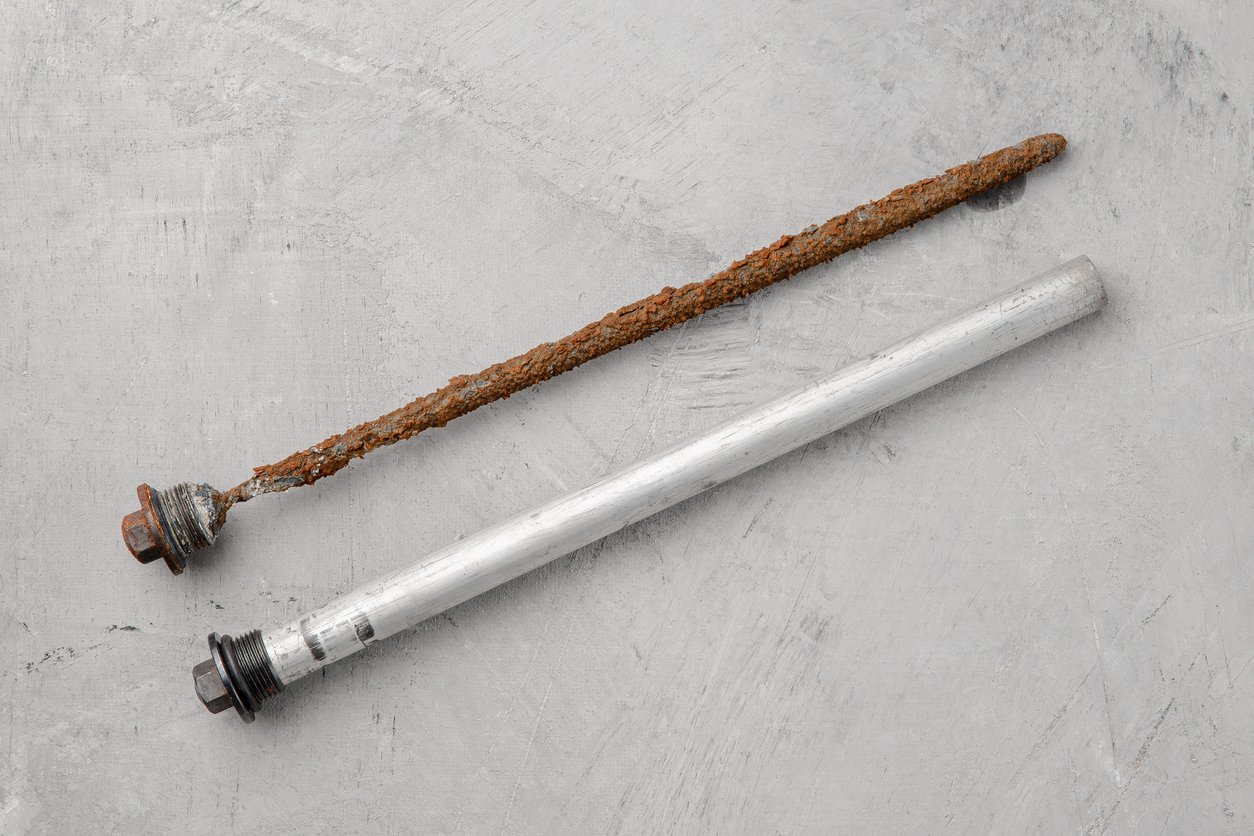When Should You Replace Your Anode Rod?
If you own a water heater, you may have heard about the anode rod and its importance. This often-overlooked component plays a crucial role in prolonging the life of your water heater. But how do you know when it’s time to replace it? Let’s delve into the details.
What is an Anode Rod?
An anode rod is a metal rod inserted into your water heater tank, typically made of magnesium, aluminum, or zinc. Its primary function is to attract corrosive elements in the water, preventing them from damaging the tank. Over time, the rod sacrifices itself—corroding in place of the tank, which helps extend the life of your water heater.
Signs That Your Anode Rod Needs Replacing
Age of the Water Heater: Most manufacturers recommend checking the anode rod every 1 to 3 years, especially if your water heater is nearing the end of its life (around 8 to 12 years).
Sediment Build-Up: If you notice sediment accumulating in your tank, it might be time to check the anode rod. Sediment can degrade its effectiveness and cause premature corrosion of the tank.
Rusty Water: If your hot water has a rusty appearance, this could indicate that the anode rod is no longer doing its job, leading to corrosion of the tank.
Unpleasant Odor: A foul smell from your hot water could signal that the anode rod is deteriorating, allowing bacteria to flourish in the tank.
Frequent Water Heater Repairs: If you find yourself calling for water heater repairs more often, this could be a sign that your anode rod is worn out and needs replacing.
How to Replace an Anode Rod
Replacing an anode rod isn’t a complex task, but it requires some technical know-how:
Turn Off the Heater: Always ensure the water heater is turned off and cooled down.
Drain the Tank: Drain a portion of the tank to relieve pressure.
Locate the Anode Rod: Usually found on the top of the water heater, remove the hex head that secures it.
Install the New Rod: Replace it with a new anode rod, ensuring it’s tightly secured.
Refill the Tank: Once everything is back in place, refill the tank, turn the heater back on, and check for leaks.
Conclusion
Regular maintenance of your water heater, including checking the anode rod, can save you from costly repairs and extend the lifespan of your unit. If you’re unsure whether your anode rod needs replacing or if you need help with water heater repairs, don’t hesitate to reach out.
If you're experiencing issues with your water heater or need a professional plumber in San Angelo, look no further than Superior Services. Our team specializes in water heater repair in San Angelo and is ready to assist you with all your plumbing needs. Contact us today for a consultation!

